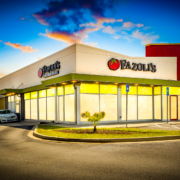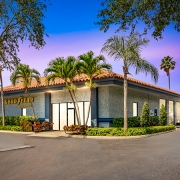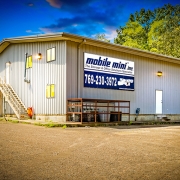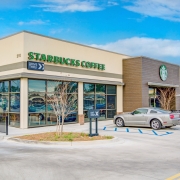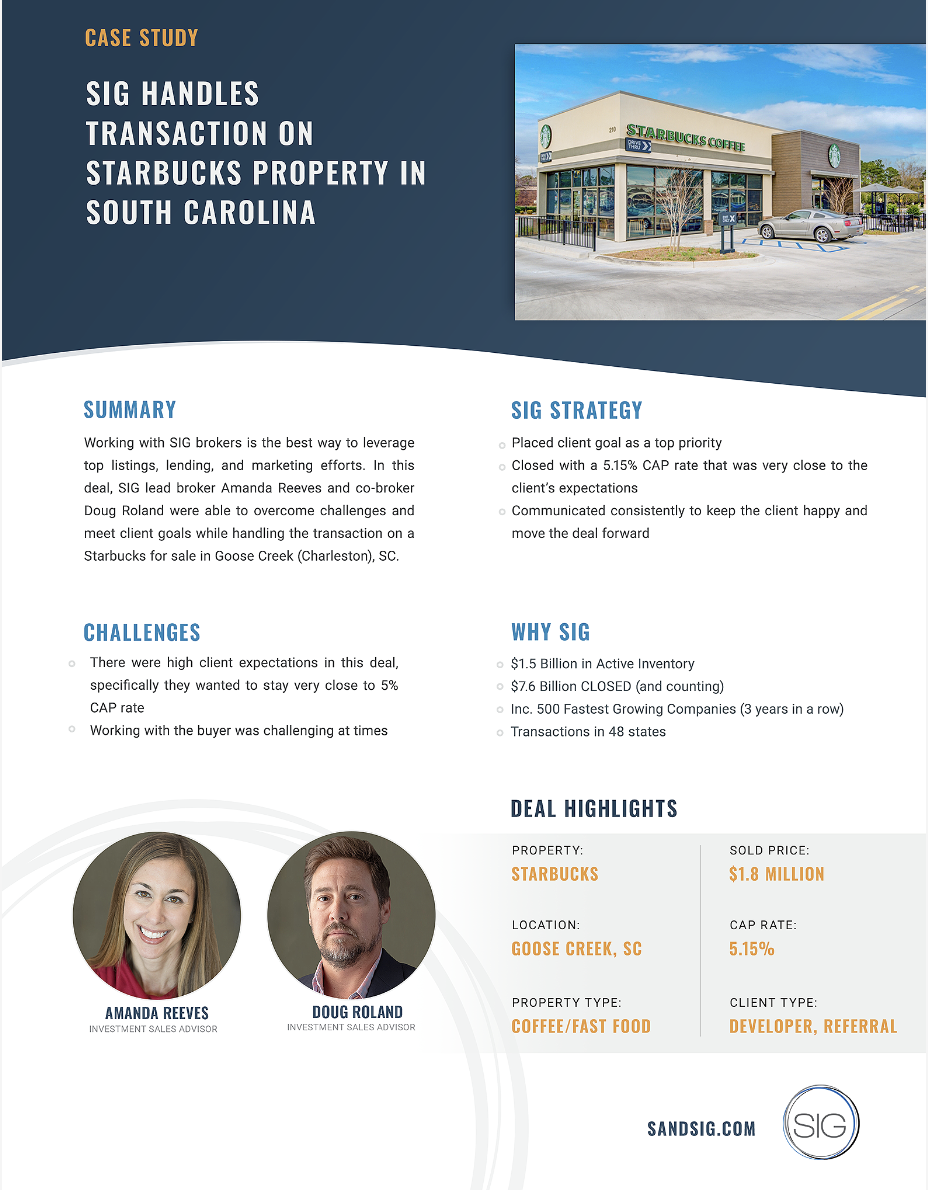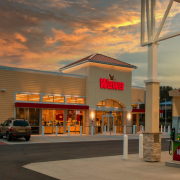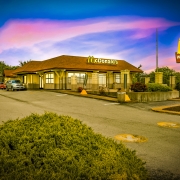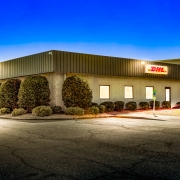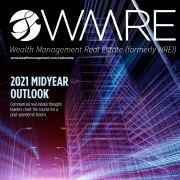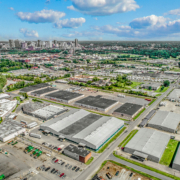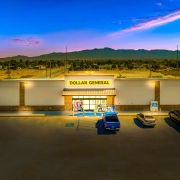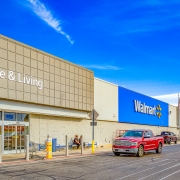Investing in the Future: Seizing Opportunities in Early Education Facilities
The early education sector is emerging as a hotbed of commercial real estate investment, driven by profound demographic shifts and economic changes. Despite disruptions during the pandemic, demand for modern early education facilities continues to grow, making the future of this property type promising for savvy investors. Let’s explore the key factors shaping this opportunity and why now is the time to invest in the future of early childhood education.
1. Shifting Demographics & Post-Pandemic Recovery
Urban and suburban areas are seeing a surge in young families seeking quality early education for their children. While COVID-19 caused enrollment to plummet—dropping from 54% to 40% for 3- to 4-year-olds between 2019 and 2020—there’s been a steady recovery. By 2021, enrollment climbed back to 50%, and the trend continues upward.
Adam Bridges, Senior Investment Advisor at Sands Investment Group, notes, “We’ve seen a strong bounce back in childcare enrollments post-pandemic, which is encouraging for investors looking at performance at the unit level.”
This recovery presents an opportunity to meet the growing demand for innovative, high-quality facilities, especially as more parents re-enter the workforce. With young families and strong employment rates driving the need for modern learning environments, now is the time to invest in this resilient market.
2. The Impact of Expiring Pandemic Funding
As pandemic-related financial support for early education facilities ends, there’s a shift towards long-term sustainability. During the crisis, many centers relied on federal grants, but now the focus is on operators who can thrive independently.
Bridges explains, “When underwriting a center, we factor out pandemic grant money to ensure long-term viability. Investors need to pay attention to tenant resilience—especially as federal aid is phased out.”
For investors, this makes tenant stability a critical factor. SIG’s research highlights the importance of partnering with operators who are self-sufficient and able to provide stable cash flows. The right tenants will ensure a robust return on investment in a post-pandemic world.
3. Dual-Income Households & the Rising Demand for Reliable Childcare
With both parents working in most households, childcare has become a necessity. This societal shift has transformed early education facilities into essential infrastructure, especially in suburban areas where childcare options are scarce.
“Childcare is no longer a luxury—it’s essential for dual-income households,” Bridges emphasizes. “Investors who cater to this need are not only filling a market gap but also providing a vital community service.”
Investors who develop or repurpose properties into early education centers are addressing a growing societal need while securing solid investment returns. Facilities offering full-day programs that align with parents’ work schedules are in high demand, making them attractive both socially and economically.
4. Economic Resilience & Stability
One of the most appealing aspects of investing in early education is its economic resilience. Unlike other commercial real estate sectors that experience fluctuations, early education remains a steady and essential service. Parents consistently prioritize their children’s education, even in tough economic times.
“Early education is a stable product type with growing operators nationwide,” says Ryan Sompayrac, SIG’s Investment Sales Advisor. “We’re seeing expansion and development in the number of operators and facilities in the education space, making this sector a solid choice for growth-oriented investors.”
How SIG Helps Investors Navigate the Early Education Market
At SIG, we understand the complexities of investing in early education. Our team offers expert guidance in identifying high-quality tenants who can operate independently of short-term financial aid. We closely monitor market trends and policy changes to help investors make informed decisions.
Bridges further highlights, “SIG’s national platform allows us to connect our clients with out-of-state buyers willing to pay a premium, helping them maximize their investment returns.”
By partnering with SIG, investors can confidently navigate the evolving landscape of early education facilities and capitalize on the rising demand in this sector. Whether you’re a seasoned investor or new to this market, our team is here to help position your investments for long-term success.
Contact us today to learn more about our services and how we can help you achieve your financial goals.



